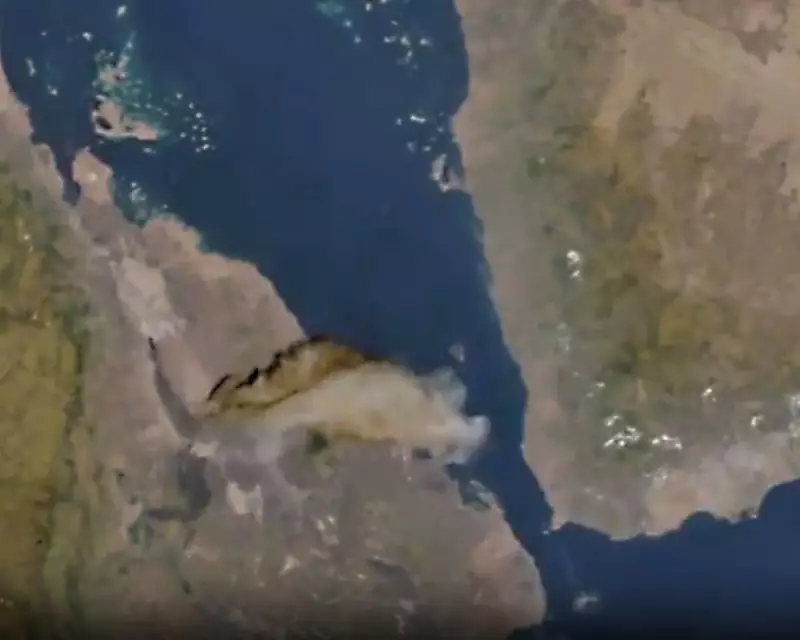
Long-Dormant Ethiopian Volcano Roars Back to Life
A volcano in north-eastern Ethiopia, dormant for an estimated 12,000 years, has violently erupted, propelling a massive column of ash and smoke high into the atmosphere. The Hayli Gubbi volcano, located in the remote Afar region, began its eruption on Sunday, marking a significant event for geologists who had no prior records of it being active in modern history.
Ash Cloud Spans Continents
According to the Toulouse Volcanic Ash Advisory Centre (VAAC), the eruption sent volcanic plumes soaring to an astonishing height of nine miles (14km). The resulting ash clouds have travelled vast distances, drifting over the skies of Yemen, Oman, India, and northern Pakistan. This widespread dispersion highlights the power of the eruption and its potential impact on international air travel and regional air quality.
Videos circulating on social media, which AFP has not yet independently verified, depict a formidable, thick column of white smoke rising from the volcano. The eruption lasted for several hours, signalling a potent reawakening of geological forces in the area.
A Geological Anomaly in the Rift Valley
The significance of this event is underscored by data from the Smithsonian Institution’s Global Volcanism Program, which stated that Hayli Gubbi has had no known eruptions throughout the entire Holocene epoch. This geological period began roughly 12,000 years ago at the conclusion of the last ice age.
Volcanologist Simon Carn, a professor at Michigan Technological University, confirmed this extraordinary fact on Bluesky, noting that Hayli Gubbi “has no record of Holocene eruptions.” The volcano, which rises about 500 metres in altitude, is situated within the geologically hyperactive Rift Valley, a zone where two tectonic plates are slowly pulling apart.
As of now, local Afar authorities have not provided any information regarding potential casualties or the number of people who may have been displaced by the eruption. The full local impact of this dramatic natural event remains to be seen.





